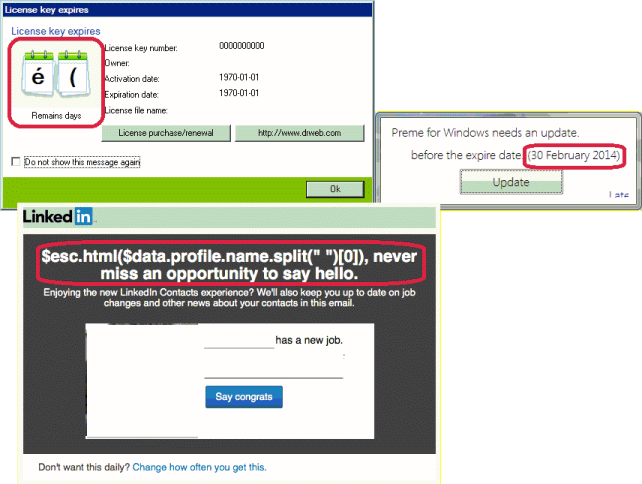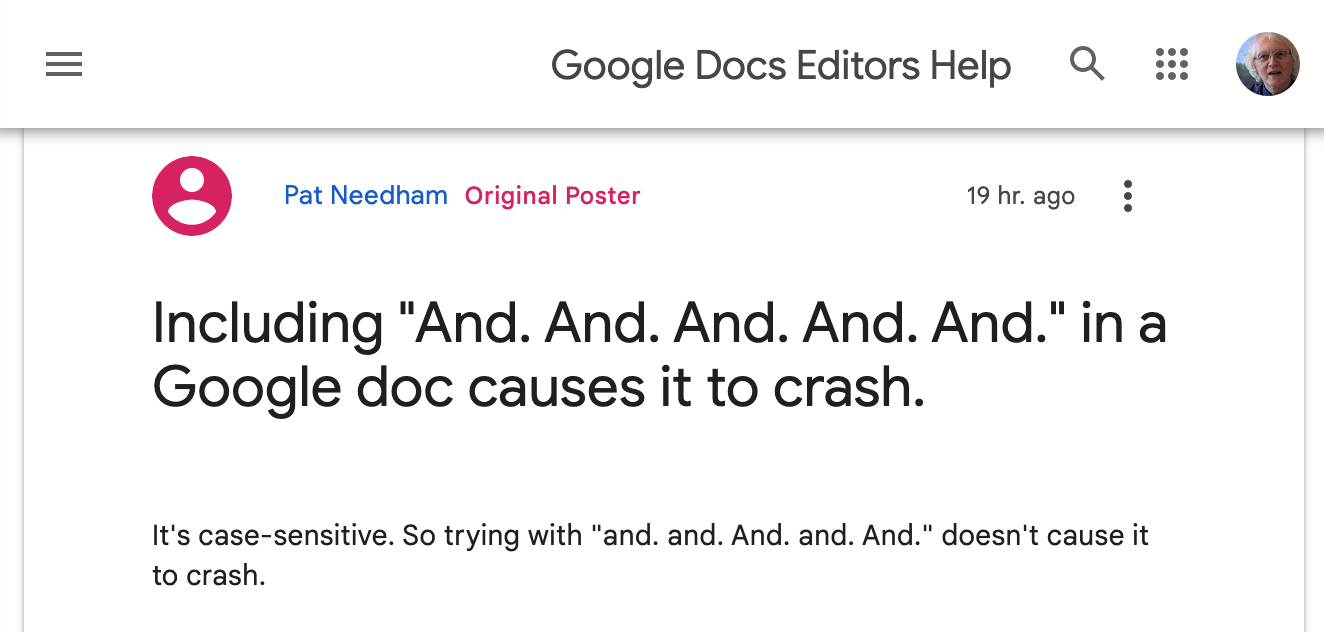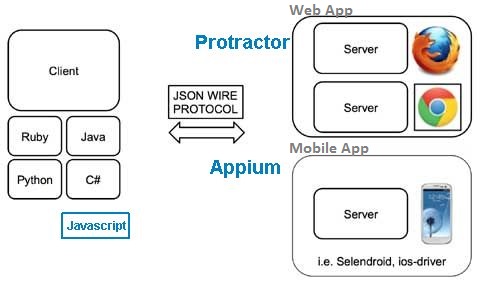- These slides
- The Agile Samurai: Chapters 12, 14, 15
- Fowler: Mocks aren't stubs: https://martinfowler.com/articles/mocksArentStubs.html
Testing Overview
The most important thing you're not doing
Readings
Bugs -- Not just for breakfast


Break this page!
Can you break this calculator? It takes a date in the form YYYY-MM-DD after 1980-01-01, calculates the number of days since 1980-01-01 and then calculates the year from those days. Focus on breaking the calculation, not the date validation. 1, 2
Why We Don't Test
- Client wants new code now!
- Writing and running tests will delay delivery
- Even more delay if tests fail!
Root causes
- By end of iteration, no time to test well.
- Manual testing is boring.
- It gets worse as the project progresses.
Solution: Automate running tests
Testing frameworks
- Test runners: Jest, Mocha, Jasmine, ...
- Unit testing: Unit.js, QUnit, Junit, PyUnit,...
- End-to-end testing: Cypress, Selenium, ...
- An Overview of JavaScript Testing in 2021
Continuous Integration Servers
- Why?
- Running tests still takes time
- Easy to forget to run them
- Solution: continuous integration server
- A separate machine that runs all tests
- Runs automatically on every commit to master
Types of Testing
- User tests: detect what is and isn't working with users
- Acceptance tests: define just-in-time requirements for each user story
- Unit tests: define and verify intended behavior of every unit of code
- End-to-end (E2E) tests: detect inter-module communication failure
- Stress tests: detect scale-up issues
Acceptance Tests
- Client and developers define acceptance tests for each user story
- current iteration stories only!
- Typically a new product will eventually end up with dozens to a hundreds
- Many tools exist to make these more readable by clients
- Cucumber: https://cucumber.io/
- Fitnesse: http://fitnesse.org/
Unit Tests
- Written by developers
- Meant to test code units (functions, methods, classes)
- Should be numerous, fast, automated
- Typically call code functions directly, without starting any server or native application
End-to-end (E2E) Tests
- Written by developers
- Test interactions between modules and services
- Typically start a server or native app and interact with its user interface
- Slower than unit tests
E2E Failure ⇒ Unit Test Missing
- If an end-to-test failed when component
A called component
B
then either
- A sent bad data to B -- add unit test on A
A failed to handle a valid response from B -- add unit test on A - B failed to handle valid data from A -- add unit test on B
- B returned bad data to A -- add unit test on B
Stress Tests
- Test ability to handle many users, tons of data, hostile attacks, ...
- Many tools to simulate users, generate fake data
- e.g., Apache JMeter, Gatling
End to End Testing Tools
WebDriver-based Automation

Cypress
- Home page
- Faster than Selenium for end-to-end
- Emphasizes simple to write and read tests
- Only works with web apps
- Talks to the app. Does not call React component functions.
Becoming Better Testers
- Start small
- Write an ARE WE UP? test
- Write happy path tests
- Add tests for every bug that got deployed
Bugs and Tests
- When a bug happens, don't fix it right away
- Write a unit test that reliably reproduces the bug
- If you can't, you don't know what the bug is
- Now write code to pass the test and fix the bug
Test Coverage
- Code coverage: percentage of code executed by at least one test
- Assume any application code not executed is a timebomb waiting to fail
- Path coverage: percentage of branches executed by at least one test
- Aim for 100% code coverage.
- Any application code not executed is a timebomb waiting to fail.
- Aim for 100% path coverage in complex critical components.
- Test all error handling branches.
Tests Have to be Constantly Updated
- Why?
- UI changes break UI tests
- Database structure changes break unit tests
- Live data changes break integration tests
- Solutions:
- Use separate test IDs for unit tests
- Only test public methods
- Never test on production data
TDD: Test-Driven Development
- First, write code to test for the new functionality
- Run the tests. Verify they fail as expected
- Code until tests pass
- Deploy and celebrate
- Repeat
Thanks to Hakim El Hattab for RevealJS